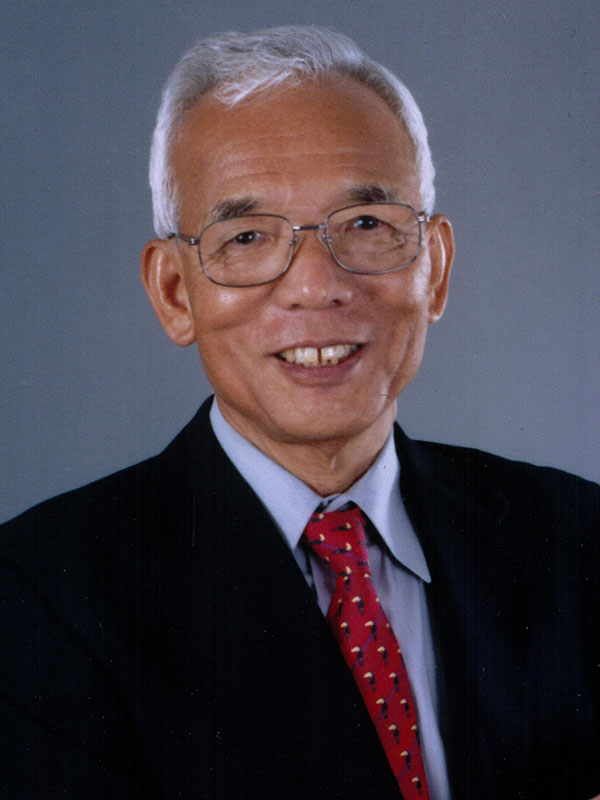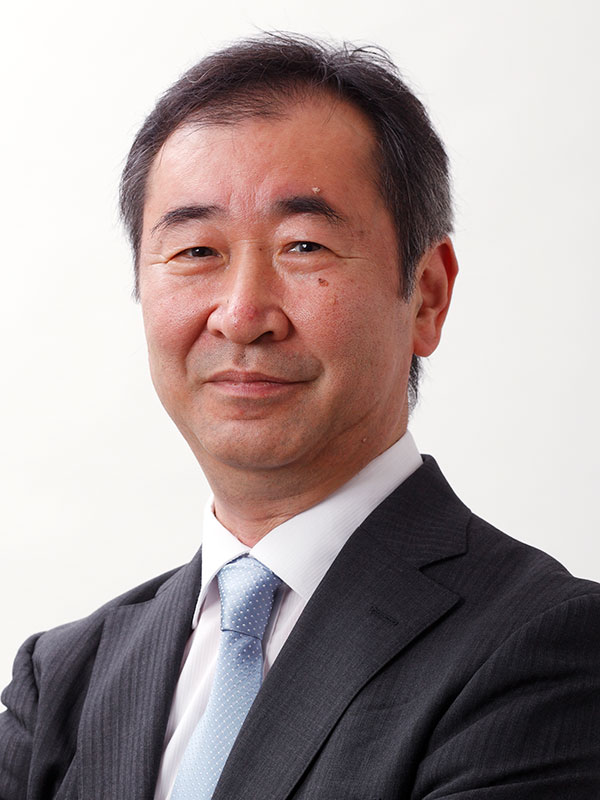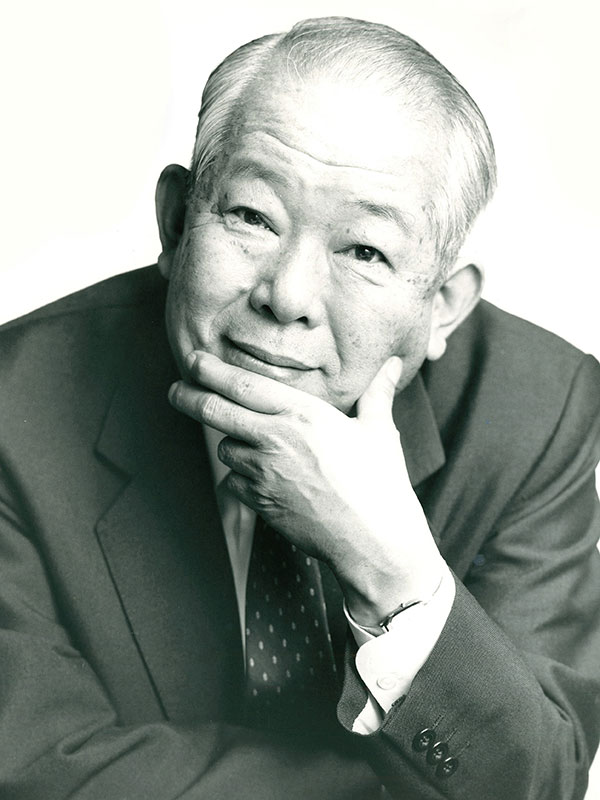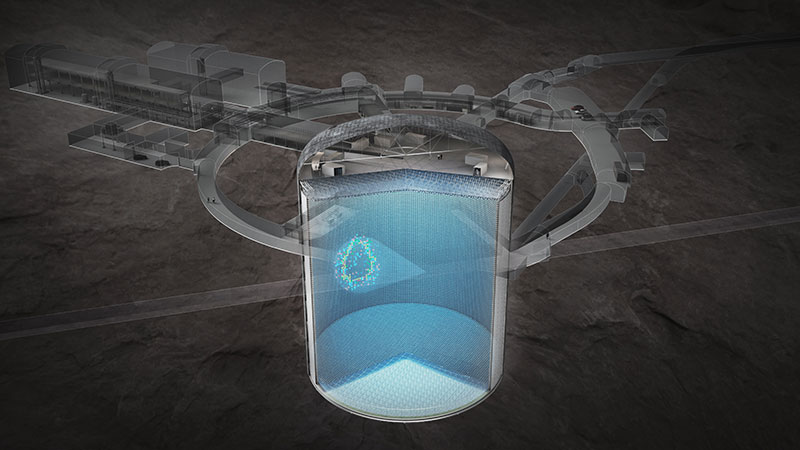The Nobel Prize Exhibits
Highly Regarded Alumni on the Global Stage
The School of Science has produced many world-class graduates, among them recipients of prestigious global awards. Such world-class research continues today at the Graduate School of Science and Faculty of Science. We feature a selection of Nobel Prize winners from our alumni, including their research results that led to the Nobel Prize, their Nobel Prize medals (replicas), and their Nobel Prize diploma (replicas).
List of the Nobel Prize Exhibits
Syukuro ManabeThe Nobel Prize in Physics 2021
“for groundbreaking contributions to our understanding of complex systems.”
Syukuro Manabe was born in 1931 in the village of Shinritsu (now the city of Shikokuchuo), Uma County, Ehime Prefecture, Japan. He studied Geophysics in the Department of Physics, Faculty of Science, and then the Graduate School of Mathematics and Physics at the University of Tokyo, where he received his doctorate in 1958. In 2005 he was appointed as Senior Meteorologist in the Program in Atmospheric & Oceanic Sciences at Princeton University.

Takaaki KajitaThe Nobel Prize in Physics 2015
“for the discovery of neutrino oscillations, which shows that neutrinos have mass.”
Takaaki Kajita was born in 1959 in Higashimatsuyama, Saitama Prefecture, Japan, and studied at Saitama University and the University of Tokyo, where he received his doctorate in 1983. He is the second Nobel Prize Laureate from the neutrino research community in Japan, following Masatoshi Koshiba, his doctoral advisor, in 2002. Professor Kajita has been affiliated with the Institute for Cosmic Radiation Research at the University of Tokyo since 1999 and in 2016 was appointed as Special University Professor (The University of Tokyo).
read more information, Institute for Cosmic Ray Research, The University of Tokyo *Japanese only.

Masatoshi KoshibaThe Nobel Prize in Physics 2002
“for pioneering contributions to astrophysics, in particular for the detection of cosmic neutrinos.”
Masatoshi Koshiba was born in 1926 in Toyohashi, Aichi Prefecture, Japan. After studying physics in the, Faculty of Science at the University of Tokyo, he received his doctorate from the University of Rochester in New York in 1955. He became Professor of Physics at the University of Tokyo in 1970 and was made Director of the International Center for Elementary Particle Physics (ICEPP) in the Graduate School of Science at the University of Tokyo in 1984. He was appointed as Special University Professor Emeritus (The University of Tokyo)in 2005.

The Nobel Prize Related Exhibits
Photomultiplier tube
A photomultiplier tube is a device that converts weak light into electrons, amplifies them by a factor of about 10,000,000 using electrodes inside a vacuum tube, and outputs them as electrical signals. It is widely used for optical analysis, medical testing, environmental measurement, and so forth. This photomultiplier tube is so sensitive that it can detect the light from a flashlight on the Moon. Super-Kamiokande uses more than 11,000 of these 50 cm diameter photomultiplier tubes. The one end pressure resistance that are each approximately two times better than those used in Super-Kamiokande.
Hyper-Kamiokande, Institute for Cosmic Ray Research, The University of Tokyo

©Kamioka Observatory, ICRR(Institute for Cosmic Ray Research, The University of Tokyo)